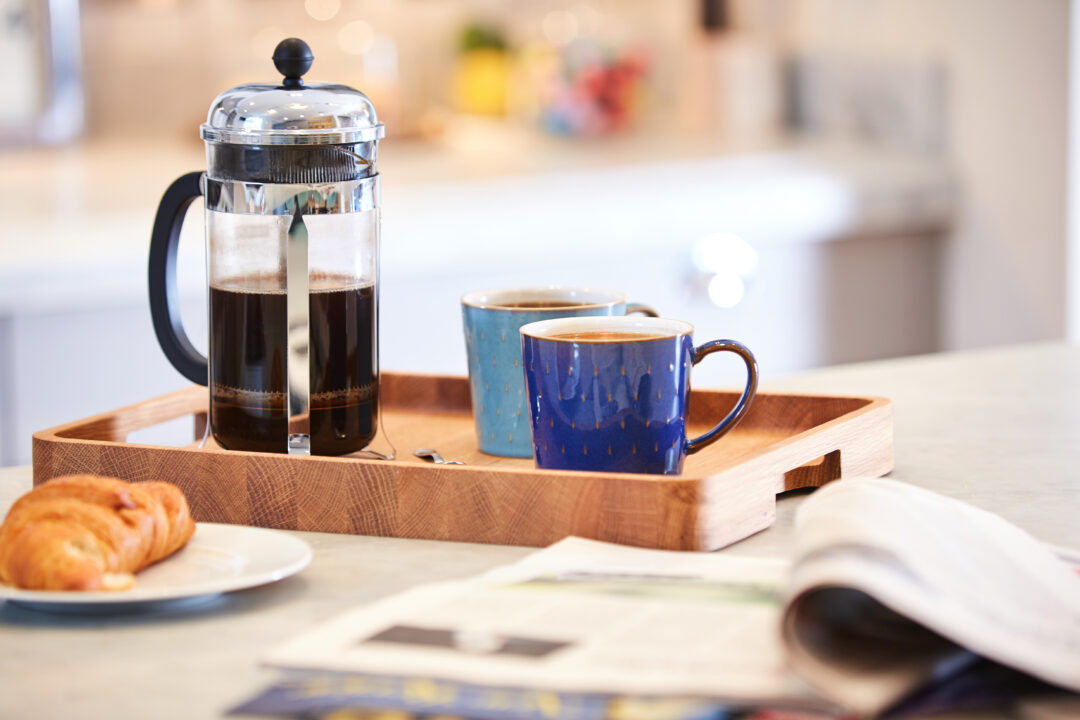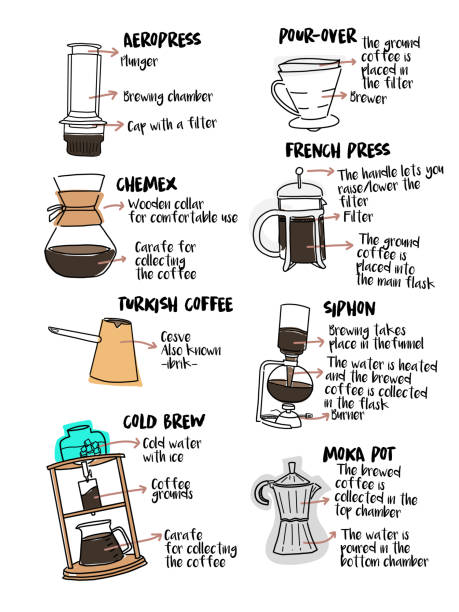Exploring the Art of Coffee Brewing: A Comprehensive Overview to Refining Your Mug
The art of coffee brewing is a complex self-control that merges science with personal expression, where the choice of beans, water quality, and brewing techniques converge to develop a refined sensory experience. Recognizing the nuances of different coffee beans, specifically the differences between Arabica and Robusta, is vital for any connoisseur. The selection of proper tools and precise focus to developing parameters can considerably influence the final result. As we explore these aspects, one must think about exactly how even small modifications can cause extensive modifications in taste and fragrance-- what might these adjustments reveal regarding your optimal mug?
Understanding Coffee Beans
To really value the art of coffee developing, one must first recognize the foundational aspect: coffee beans. These little seeds, typically stemmed from the Coffea plant, are essential in determining the taste profile, scent, and overall quality of the made drink. Coffee beans mostly come under 2 classifications: Arabica and Robusta. Arabica beans, understood for their delicate flavors and higher level of acidity, are frequently preferred by aficionados. On the other hand, Robusta beans possess a more powerful, much more bitter preference and greater caffeine web content, making them suitable for coffee blends.

In addition, the processing approach-- whether cleaned, all-natural, or honey-- influences the beans' final preference. Recognizing these aspects permits makers to choose the appropriate beans that straighten with their favored taste profile, ultimately boosting the coffee developing experience. coffee brewing methods. This comprehension is crucial for any person striving to grasp the craft of brewing the ideal mug of coffee
Developing Methods Explained
Many lovers locate that the choice of brewing technique considerably influences the final taste and fragrance of their coffee. Each method harnesses various extraction strategies, affecting the coffee's personality and splendor.
Drip brewing, one of one of the most preferred approaches, utilizes a machine to drip warm water with ground coffee, producing a clean and constant mug. French press, on the various other hand, submerses coffee premises in warm water, permitting for a fuller body and even more robust taste, as oils and fine bits remain in the brew.
Pour-over developing offers a precise method, where water is by hand put over coffee premises, allowing for accurate control over extraction time and temperature, resulting in a intense and nuanced cup.
Coffee, a concentrated coffee brewed under stress, is recognized for its solid taste and velvety structure, functioning as the base for numerous coffee beverages, consisting of cappucinos and coffees.
Crucial Equipment Required
What equipment is necessary for brewing an excellent cup of coffee? The foundation of any kind of successful coffee developing process depends on high quality devices tailored to your preferred approach. A trustworthy coffee mill is important; fresh ground beans substantially boost flavor and fragrance. Go with a burr mill, which makes certain uniform particle size, crucial for optimum removal.
Next, consider your brewing device. Options vary from drip coffee machine and pour-over setups to French presses and coffee makers. Each method uses distinctive flavor profiles and brewing techniques, so pick one that straightens with your preference choices.
An exact scale is also important, permitting you to determine coffee and water accurately, which is important for consistency. Additionally, a thermostat can help keep track of water temperature level, as it directly influences removal top quality.
Learning Water Top Quality
The top quality of water made use of in brewing coffee plays a substantial function in establishing the final taste profile of the cup. Different variables contribute to water quality, including mineral web content, pH degree, and general pureness. Preferably, water needs to be without contaminations and pollutants, as these can adversely affect the preference of coffee.
Minerals, such as calcium and magnesium, improve the removal of flavors from the coffee premises, while keeping a balanced pH level-- around 6.5 to 7.5-- is important for ideal removal. Water that is as well soft might result in under-extraction, causing weak or sour tastes, while excessively hard water can create a bitter or harsh mug.
For the very best outcomes, filtered water is advised, as it lowers the existence of chlorine and other unfavorable materials often found in faucet water. Continue Additionally, think about making use of water with an Overall Dissolved Solids (TDS) degree in between 150-200 ppm, which is normally perfect for coffee developing. By understanding water top quality, you can lay a strong foundation for achieving a consistently outstanding cup of coffee, allowing the unique features of your chosen beans to radiate through.

Tips for Taste Improvement
Enhancing the taste of your coffee can dramatically boost your brewing experience and bring out the unique nuances of your chosen beans. To achieve this, consider several key aspects that influence preference.
Firstly, the work dimension plays an essential duty. A finer grind increases extraction, resulting in bolder tastes, while a coarser work returns a milder cup. coffee brewing methods. Adjust your work according to your developing technique to achieve ideal results
Second of all, trying out brew time. Over-extraction can bring about bitterness, while under-extraction lead to a sour preference. Go for a mixture time that stabilizes these extremes, normally between 2 to four mins, depending on your approach.
Brewing with water that is also warm can scorch the coffee, while water that is as well awesome might fail to remove adequate flavor. In verdict, the art of coffee brewing is a multifaceted practice that calls for a deep understanding of numerous components, including bean choice, developing approaches, and water top quality. By incorporating these parts, coffee lovers can boost their brewing strategies, resulting in a cup that not just satisfies personal preferences yet likewise showcases the rich complexity of coffee flavors.
The art of coffee developing is a diverse technique that combines science with personal expression, where the selection of beans, water quality, and developing methods assemble to develop a refined sensory experience.To truly value the art of coffee brewing, one have to initially Get More Information recognize the fundamental element: coffee beans. Brewing with water that is as well hot can swelter the coffee, while water that is as well cool might fail to extract sufficient taste. In conclusion, the art of coffee developing is a diverse method that requires a deep understanding of different components, consisting of bean option, brewing methods, and water top quality. By incorporating these components, coffee enthusiasts can elevate their brewing techniques, resulting in a mug that not just discover this satisfies personal choices yet additionally showcases the abundant complexity of coffee tastes.